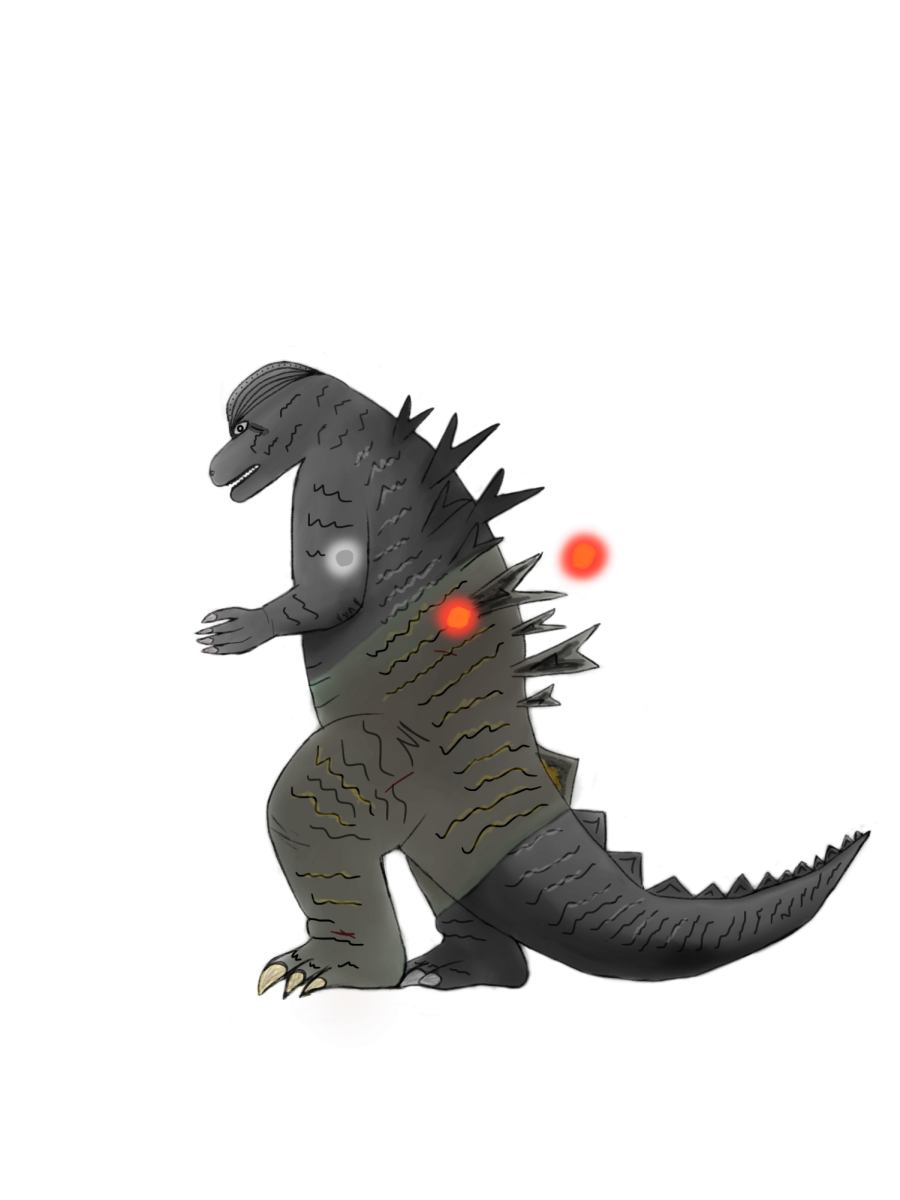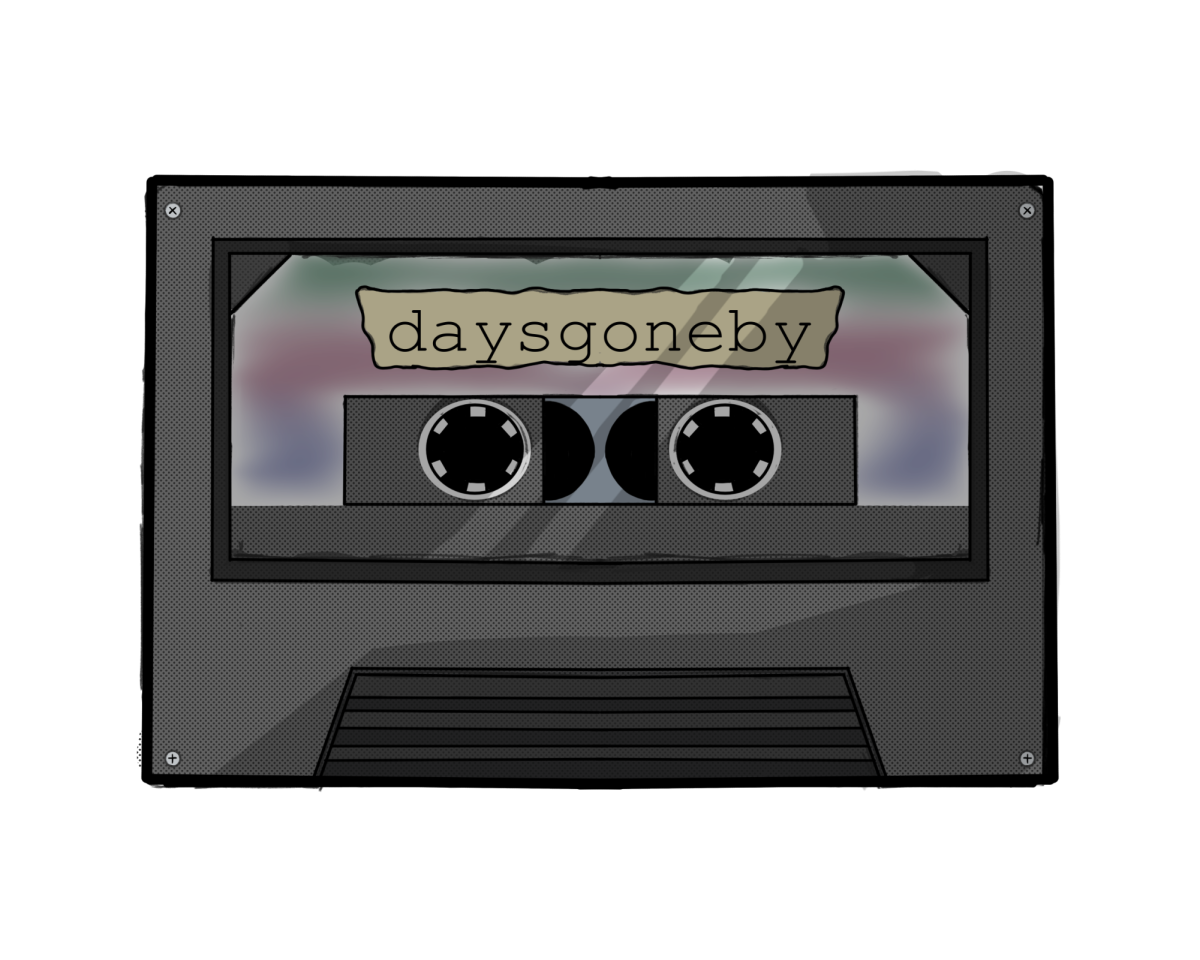

Around October of last year, Toho Studios released Takashi Yamazaki’s vision for the next installment of the “Godzilla” franchise. The film became a big hit in Japan and would become a surprise hit when it was distributed across the U.S. in December, receiving great reviews from critics and audiences alike. Because of this, Toho decided to expand the original two-week release schedule for the film and have it extended to two months, specifically in the United States. What is the reason for all the praise, and why is it getting a black-and-white version released before it is pulled out of theaters?
To answer the former question, the film has been receiving love from both audiences and critics for its engaging approach to the franchise by making the film more about the people than about Godzilla. This approach has been done before in various ways, such as with the original “Gojira (1954),” the 2014 American “Godzilla” and even the last installment from Toho, 2016’s “Shin Gojira,” which tried to make the humans more central to the story. However, except for the original, none of these interpretations have done nearly as well and effectively as “Godzilla Minus One.”
Without getting into spoilers, the film mostly focuses on a select few characters who have all, in one way or another, been affected by World War II. Instead of taking the usual route that most Godzilla films have taken where the main character is a blank slate that serves as the point of view for the audience, similar to Neo in “The Matrix,” the film instead does something similar to the original where it gives each character an interesting backstory and a purpose in the plot that is enough to make you feel an immediate connection with them. The main character, played by Ryûnosuke Kamiki, connects deeply with the audience by setting the groundwork for what meaning lies within the monster’s destruction.
It is almost impossible to talk about a Godzilla film without talking about the titular creature himself. To put it bluntly, this new interpretation does not disappoint. From the trailers, Godzilla looks just like another retread of stomping clichéd monsters audiences have gotten used to. When watching the film, however, Godzilla is nothing short of terrifying. Not only are the effects on the creature incredible to witness, especially considering the effects team only consisted of 35 artists on a budget under $15 million, but his presence on the film is unforgettable. He seems to be a mix between the rageful monster version of 2001’s “Godzilla, Mothra and King Ghidorah” and the tragic abomination of the original “Gojira,” although he is not quite as poignant as the 2016 “Shin Gojira.” Every time he is on screen, it is hard not to be intimidated, or even scared, by this towering, rageful beast. The film even takes it a step further by not just making him a metaphor for the atomic bomb and the effects of radiation on survivors, which has been done a few times in past iterations, but also having him stand as a manifestation of the survivor’s guilt experienced by the Japanese soldiers who returned to their rubbled homes. There are just a few changes that make for a terrifying “kaiju” (monster).
The film has become the highest-grossing film in the Godzilla franchise and has become the first to be nominated for an Oscar for Best Visual Effects. Because of this, “Godzilla Minus One” is getting re-released in theaters for the final time via a black and white version, fittingly called “minus color.” This is not something new since it has been done before with popular films like “Mad Max Fury Road” and “LOGAN.” But this time, it differs as it is done to honor the original film for the 70th anniversary of its release, even down to the original black and white Toho logo playing before the start of the film. The addition of the aesthetic makes the film feel more genuine to the period in which it takes place, and it even gives off more of a horror feel when watching. It may not be enough of a big change for the average movie-goer, but it is enough for those who appreciate the small changes or just a Godzilla fan in general.
To borrow a quote from the “Barbie” marketing team: “If you love Godzilla, this movie is for you. If you hate Godzilla, this movie is for you.”








